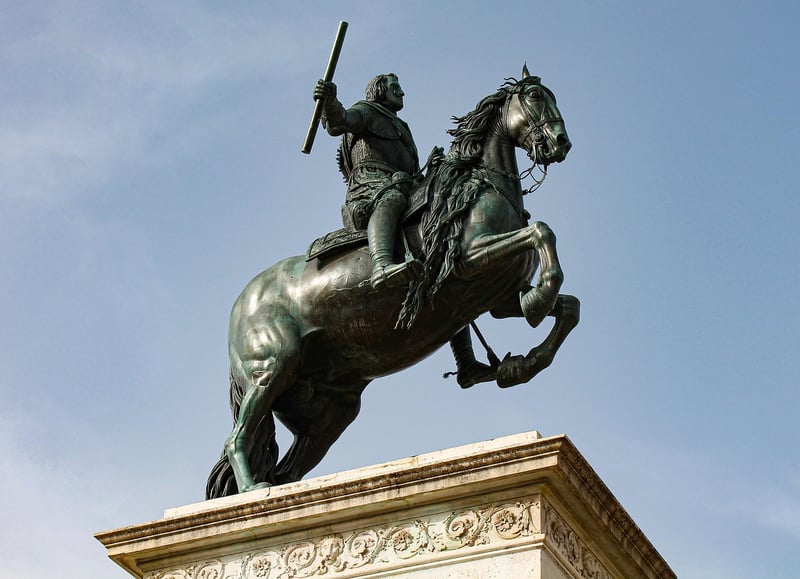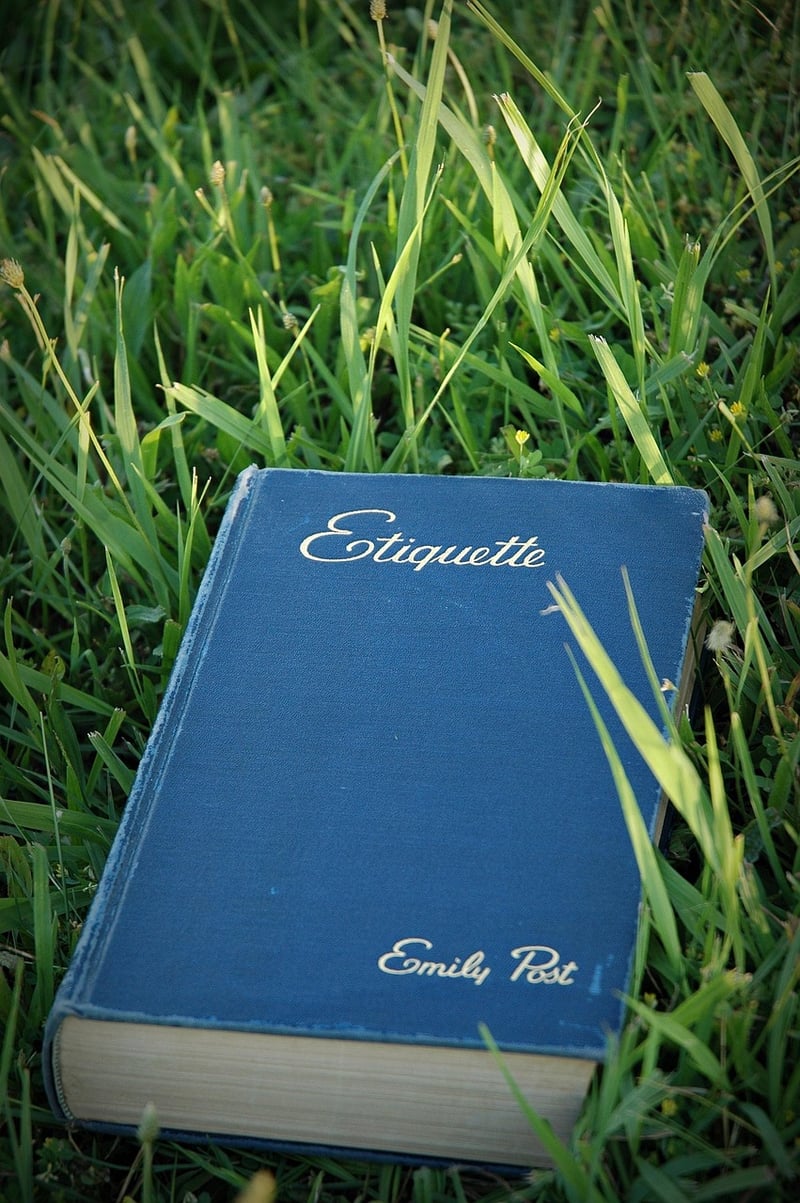Historical Etiquette
Guidelines for Time Tourists + Historical Etiquette
Introduction to Time Travel
Time tourism is a fascinating concept that allows individuals to travel through different eras and witness historical events firsthand. However, time travel comes with responsibilities and requires a good understanding of historical etiquette to ensure a positive and respectful experience.
Guidelines for Time Tourists
- Respect the Temporal Prime Directive: Avoid interfering with historical events or altering the course of history.
- Dress Appropriately: Blend in with the locals by wearing attire that is suitable for the era you are visiting.
- Learn the Language: Familiarize yourself with the language spoken during the time period to facilitate communication.
- Observe Local Customs: Respect traditions and cultural practices of the time to avoid unintentional offenses.
- Stay Inconspicuous: Avoid drawing unnecessary attention to yourself to prevent disruptions in the timeline.
Historical Etiquette
Understanding and following historical etiquette is crucial for time tourists to navigate different time periods smoothly.
Victorian Era
In the Victorian era, proper etiquette was highly valued. Remember to:
- Dress modestly and elegantly.
- Address people with proper titles and formal language.
- Follow strict social hierarchies and protocols.

Renaissance Period
During the Renaissance, art and culture flourished. Etiquette tips include:
- Appreciate and support the arts.
- Engage in intellectual discussions and debates.
- Respect the patrons of the arts and scholars of the time.

Roaring Twenties
The 1920s were characterized by social change and cultural revolution. Remember to:
- Embrace the spirit of rebellion and liberation.
- Participate in jazz-age parties and events.
- Adopt the fashion trends of the time, such as flapper dresses and stylish suits.

By following these guidelines and understanding historical etiquette, time tourists can immerse themselves in different eras while respecting the cultures and traditions of the past.
